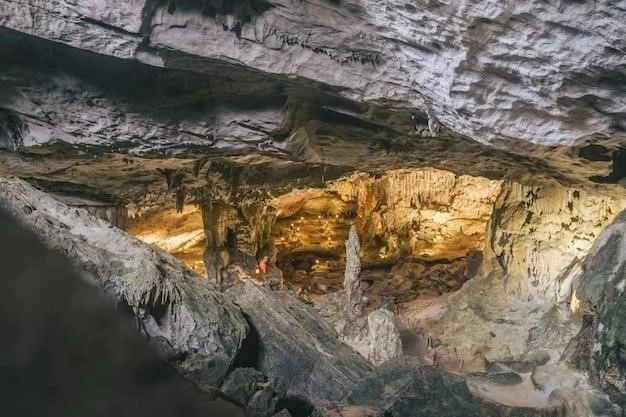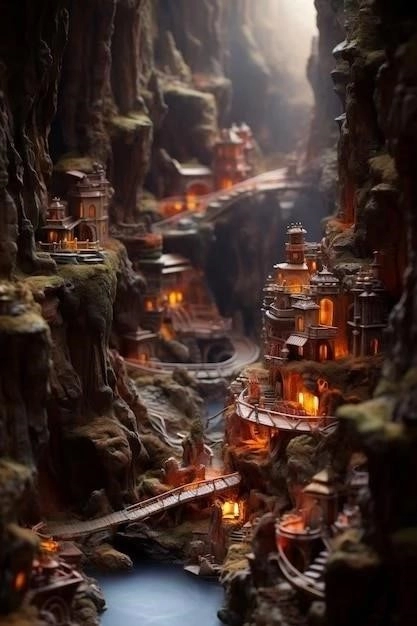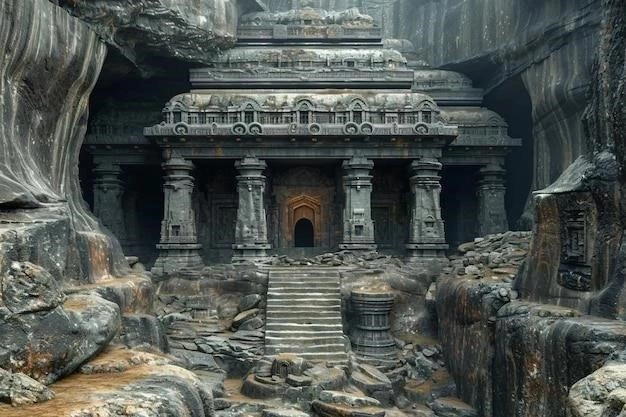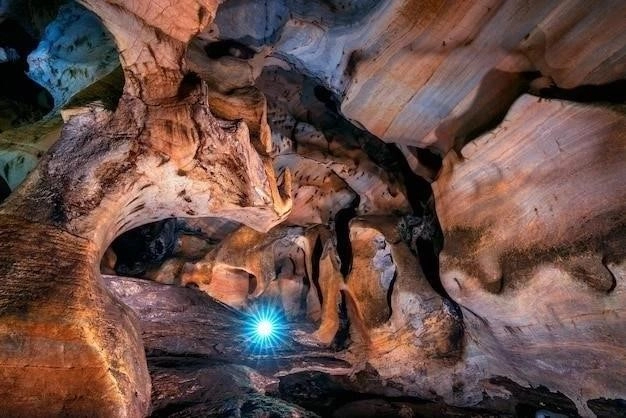Nestled in the verdant embrace of the Charanandri hills near Aurangabad, Maharashtra, the Ellora Caves stand as an enduring testament to Indias rich artistic heritage and the spirit of religious tolerance that has long characterized the subcontinent. This UNESCO World Heritage Site, encompassing thirty-four rock-cut monasteries and temples, offers a captivating glimpse into the religious and cultural landscape of ancient India, spanning from the 6th to the 10th century CE.

A Symphony in Stone: Architectural Marvels of Three Faiths
The Ellora Caves are not merely a collection of caves; they are an intricate tapestry woven from the threads of three major religions: Buddhism, Hinduism, and Jainism. Carved into the basalt cliffs, these caves showcase a remarkable diversity of architectural styles and religious iconography.
Buddhist Caves (Caves 1-12): Embodiments of Tranquility and Enlightenment
The earliest excavations at Ellora, dating back to the 5th to 8th centuries CE, are dedicated to Buddhism. These caves, numbering twelve in total, reflect the Mahayana philosophy prevalent during that era. Notable among them are:
- Cave 10 (Vishvakarma Cave): Known as the “Carpenters Cave٫” it features a stunning chaitya griha (prayer hall) with intricate carvings and a colossal statue of Buddha.
- Cave 11 (Virabhadra Cave): This three-storied monastery٫ adorned with sculptures of Buddhist deities٫ exemplifies the architectural grandeur of the period.
- Cave 12 (Teen Tal): The largest of the Buddhist caves, Teen Tal is a three-storied structure with spacious halls and impressive sculptures, offering a glimpse into the monastic life of the time.
Hindu Caves (Caves 13-29): A Celebration of Divine Power and Mythology
The Hindu caves, excavated between the 7th and 10th centuries CE, represent the apogee of rock-cut architecture at Ellora. These caves, numbering seventeen, are dedicated to various Hindu deities and are characterized by their elaborate carvings and monumental scale. Some of the most prominent caves include:
- Cave 14 (Ravana ki Khai): This cave depicts scenes from the epic Ramayana, showcasing the battle between Rama and Ravana.
- Cave 15 (Dashavatara): Dedicated to Vishnu, this cave showcases ten incarnations of the deity, highlighting his role as the preserver of the universe.
- Cave 16 (Kailasa Temple): The crown jewel of Ellora, the Kailasa Temple is a monolithic marvel, carved out of a single rock. Dedicated to Shiva, it stands as a testament to the architectural and engineering prowess of the Rashtrakuta dynasty.
Jain Caves (Caves 30-34): Expressions of Asceticism and Detachment
The five Jain caves, excavated between the 9th and 12th centuries CE٫ mark the final phase of construction at Ellora. These caves are characterized by their intricate carvings٫ delicate details٫ and emphasis on the principles of Jainism٫ such as non-violence (ahimsa) and detachment from material possessions. Notable among them is Cave 32 (Indra Sabha)٫ a two-storied structure adorned with exquisite carvings of Jain Tirthankaras (spiritual teachers).
A Legacy Etched in Stone: The Significance of Ellora
The Ellora Caves are not merely ancient relics; they are living testaments to Indias rich cultural and religious heritage; They offer invaluable insights into the architectural, sculptural, and religious practices of different periods in Indian history. The co-existence of these caves, representing three distinct faiths, underscores the spirit of tolerance and peaceful co-existence that has been a hallmark of Indian civilization for centuries.

Preservation and Management: Safeguarding a World Heritage
Recognizing the outstanding universal value of the Ellora Caves, UNESCO inscribed them on the World Heritage List in 1983. The Archaeological Survey of India (ASI), along with the Forest Department and the Government of Maharashtra, are responsible for the protection and management of this site. Measures are in place to address challenges such as visitor management, environmental conservation, and the conservation of the fragile rock-cut structures. The Ellora Caves, with their awe-inspiring artistry and profound spiritual significance, continue to inspire and captivate visitors from around the world, serving as a timeless reminder of Indias glorious past.

A Deeper Dive into Elloras Significance
The Ellora Caves transcend their identity as mere ancient monuments. They stand as tangible embodiments of a complex interplay between religious fervor, artistic ingenuity, and royal patronage in ancient India. Scholarly analysis of the site reveals several layers of significance:
Religious Syncretism and Tolerance:
The close proximity of Buddhist, Hindu, and Jain caves at Ellora is not coincidental. It reflects a period in Indian history characterized by a spirit of religious syncretism and tolerance. While each faith maintained its distinct identity, there was a notable degree of cross-pollination of ideas and artistic motifs. This is evident in the borrowing of architectural elements and iconographic representations across the different religious groups represented at Ellora. This spirit of inclusivity stands in stark contrast to the religious conflicts that have marred many other parts of the world throughout history.
Artistic and Architectural Evolution:
Ellora serves as a virtual timeline of artistic and architectural development in ancient India. The caves showcase the evolution of rock-cut architecture, from the simple viharas (monasteries) of the early Buddhist period to the highly ornate and complex Hindu temples, culminating in the monolithic grandeur of the Kailasa Temple. This progression illustrates the advancements in engineering, architectural design, and sculptural techniques over several centuries.
Socio-Political Dynamics:
The Ellora Caves were not merely places of worship; they were also statements of power and prestige. The patronage of powerful dynasties like the Rashtrakutas and the Yadavas played a crucial role in the conception and execution of these grand projects. The sheer scale and magnificence of the caves, particularly the Kailasa Temple, served to legitimize the rule of these dynasties and impress upon their subjects the extent of their power and piety.

Elloras Relevance in the 21st Century:
Today, the Ellora Caves continue to resonate with visitors from all over the world. They are a potent reminder of the power of human creativity, the enduring legacy of ancient civilizations, and the importance of religious harmony. As we grapple with the challenges of a globalized world, often marked by conflict and division, the Ellora Caves stand as a timeless testament to the possibility of peaceful coexistence and the transformative power of art and faith.
Preserving Ellora for Future Generations:
Ensuring the long-term preservation of the Ellora Caves requires a multi-pronged approach. This includes ongoing conservation efforts to mitigate the effects of natural weathering, pollution, and the impact of tourism. Equally important is the need for continued research and scholarship to deepen our understanding of the site and its significance. Educational outreach programs play a vital role in raising awareness among local communities and visitors about the importance of preserving this invaluable cultural heritage for generations to come. The Ellora Caves stand not just as relics of the past, but as a source of inspiration and a beacon of hope for the future.










